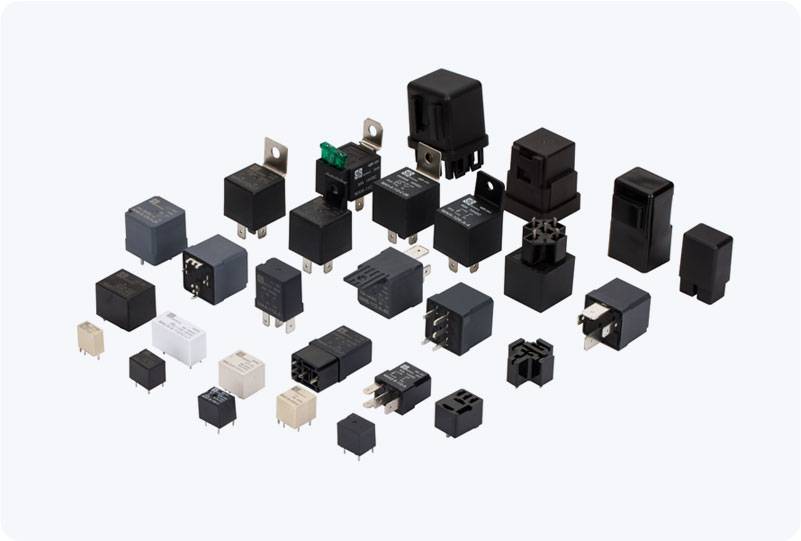High-power relays are essential components in modern electrical systems, enabling the control of large electrical currents and voltages in a wide range of industrial and consumer applications. These relays differ from regular relays due to their capacity to handle much higher power levels, making them indispensable in various fields, such as automotive, industrial control, and power distribution systems.

What is a High-Power Relay? A high-power relay is a type of electromagnetic switch that is designed to control circuits with high voltage and current, typically exceeding the capacities of standard relays. These relays are capable of managing substantial amounts of power, ranging from tens of amps to hundreds of amps, and in some cases, even thousands of volts. Unlike typical relays that handle smaller electrical loads, high-power relays are built to ensure safe and efficient switching in more demanding applications. The construction of a high-power relay typically involves heavy-duty contacts and a robust mechanical or solid-state switch mechanism to withstand the increased load. Depending on the design, the relay can either use mechanical components (like a coil and armature) or utilize solid-state devices (such as thyristors or triacs) to facilitate switching.